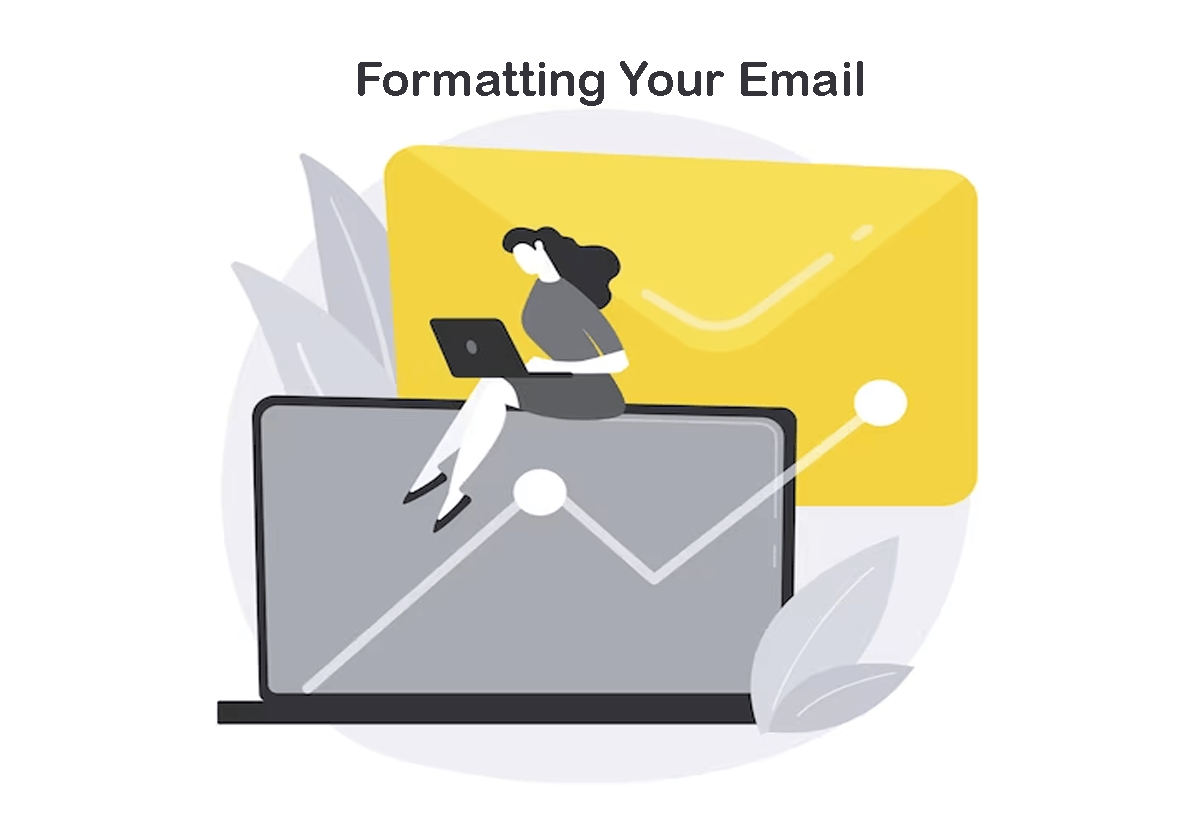Formatting your email copy is crucial for ensuring that it is easy to read and visually appealing to your subscribers. Here are some best practices for formatting your email:
- Use headings and subheadings: Breaking up your email copy into sections with headings and subheadings makes it easier for readers to scan and find the information they need. Use a clear and concise heading that accurately reflects the content of the section.
- Use bullet points and lists: Lists and bullet points help to break up large chunks of text and make your email copy more digestible. Use them to highlight key points, features, or benefits of your product or service.
- Keep paragraphs short: Long paragraphs can be overwhelming to readers, especially when reading on a mobile device. Aim for paragraphs that are no more than 2-3 sentences long.
- Use images wisely: Images can help to break up text and make your email more visually appealing. However, too many images can slow down your email’s load time and make it difficult to read. Use images sparingly and make sure they are relevant to the content.
- Use a clear and legible font: Use a font that is easy to read on both desktop and mobile devices. Avoid using fancy or decorative fonts that may be difficult to read.
- Use white space: Don’t be afraid of using white space in your email. It can help to create a sense of balance and make your content easier to read.
Keep your formatting simple and clean, and avoid cluttering your email with too much information or too many images. Remember that your goal is to make your email easy to read and visually appealing to your subscribers.


